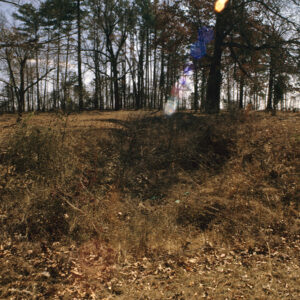 Dooley's Ferry Fortifications
Dooley's Ferry Fortifications
Time Period: Early Twentieth Century (1901 - 1940) - Starting with D
 Dooley's Ferry Fortifications
Dooley's Ferry Fortifications
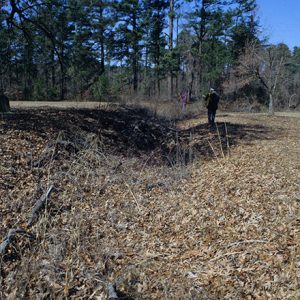 Dooley's Ferry Fortifications
Dooley's Ferry Fortifications
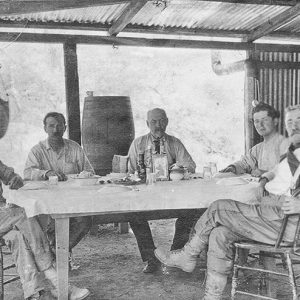 Stephen Dorsey in New Mexico
Stephen Dorsey in New Mexico
 Douglass Store
Douglass Store
 Dover Masons
Dover Masons
Down in “Arkansaw”
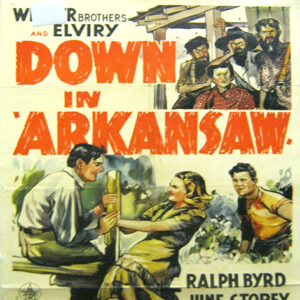 Down in "Arkansaw" Poster
Down in "Arkansaw" Poster
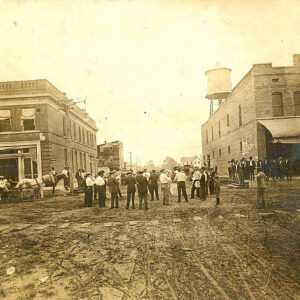 Downtown Earle
Downtown Earle
 Downtown Judsonia
Downtown Judsonia
 Downtown Piggott
Downtown Piggott
Dr. E. P. McGehee Infirmary
Dr. James Wyatt Walton House
Dr. Smith’s Champion Hoss Hair Pullers
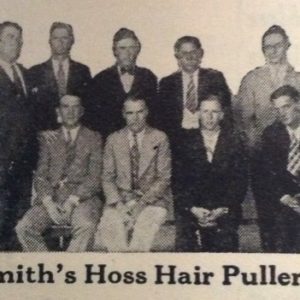 Dr. Smith's Champion Hoss Hair Pullers
Dr. Smith's Champion Hoss Hair Pullers
Dr. T. E. Buffington House
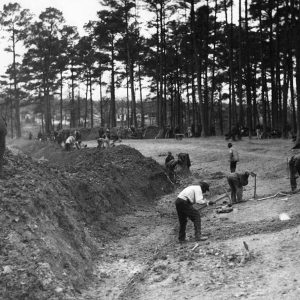 Drainage Operations
Drainage Operations
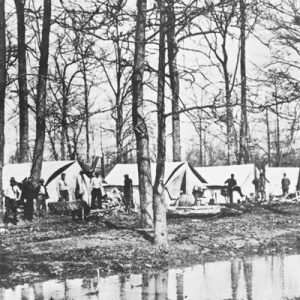 Drainage Survey Camp
Drainage Survey Camp
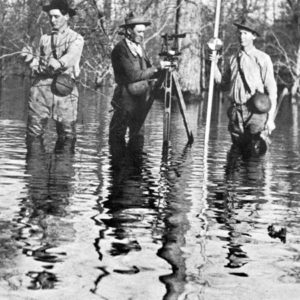 Drainage Survey Crew
Drainage Survey Crew
 Solly Drake
Solly Drake
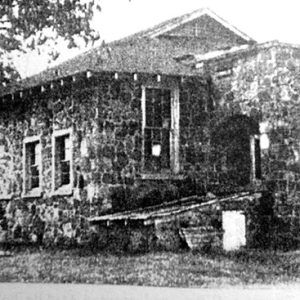 Drasco School
Drasco School
 Drasco School; 1925
Drasco School; 1925
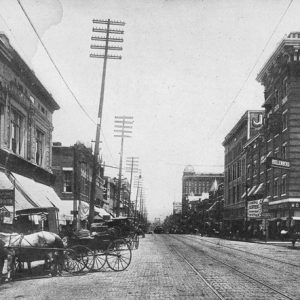 Draughon School
Draughon School
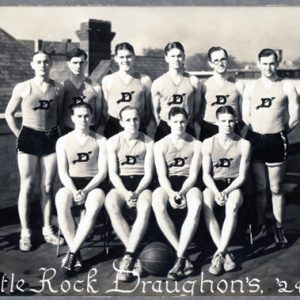 Draughon Basketball Team
Draughon Basketball Team
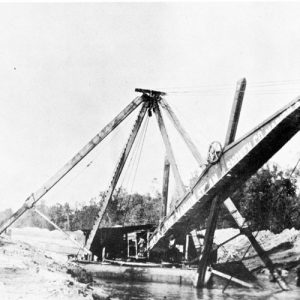 Dredge Boat
Dredge Boat
 Dredge Boat
Dredge Boat
 Dredging Project
Dredging Project
Drew County Courthouse
 Drew County Museum and Archives
Drew County Museum and Archives
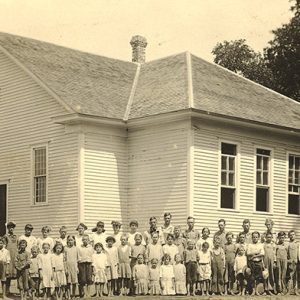 Driggs School
Driggs School
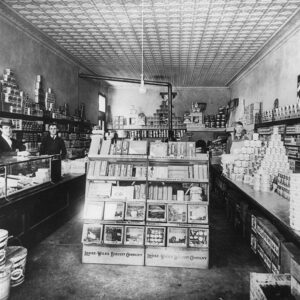 Drilling Grocery
Drilling Grocery
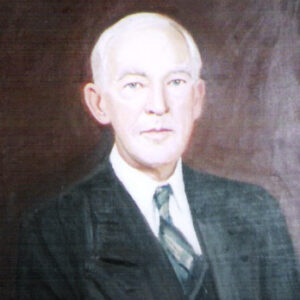 William Driver
William Driver
Driver, William “Judge”
Drought of 1930–1931
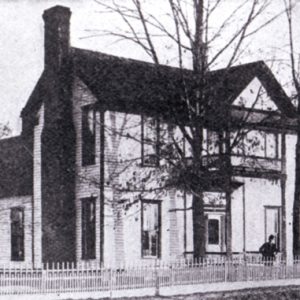 Drug Treatment Center
Drug Treatment Center
Dual State Monument
aka: Donaghey Monument
aka: Donaghey State Park
 Duck Calling Contest Founders
Duck Calling Contest Founders
Duke, Charles Sumner
 J. C. Duke
J. C. Duke
Dumas Race Riot of 1920
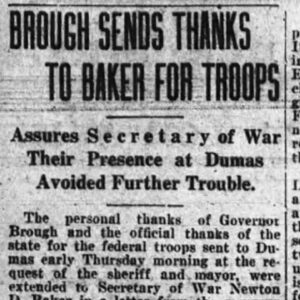 Dumas Race Riot of 1920 Article
Dumas Race Riot of 1920 Article
 Dumas Race Riot of 1920 Article
Dumas Race Riot of 1920 Article
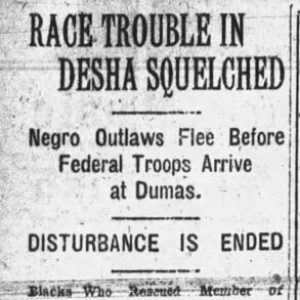 Dumas Race Riot of 1920 Article
Dumas Race Riot of 1920 Article
 Dumas Race Riot of 1920 Article
Dumas Race Riot of 1920 Article
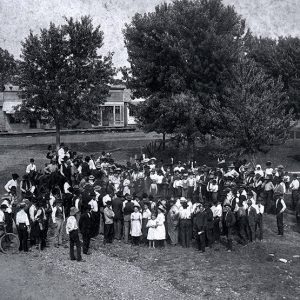 Dumping Moonshine
Dumping Moonshine
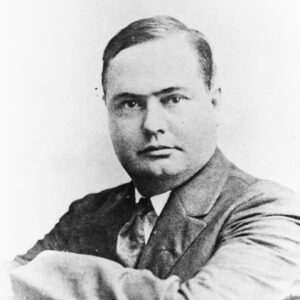 Louis S. Dunaway
Louis S. Dunaway
Dunaway, Louis Sharpe
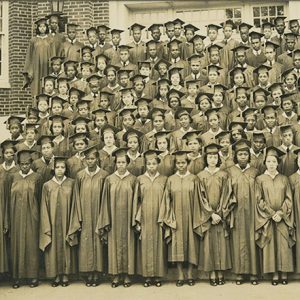 Dunbar High Class of 1939
Dunbar High Class of 1939
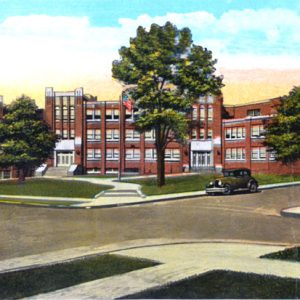 Dunbar High School Postcard
Dunbar High School Postcard
Duncan, Virginia Maud Dunlap
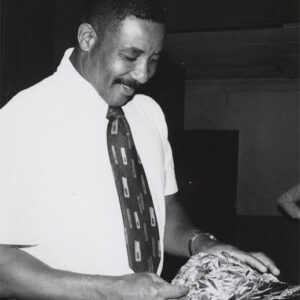 Louis Dunlap
Louis Dunlap




